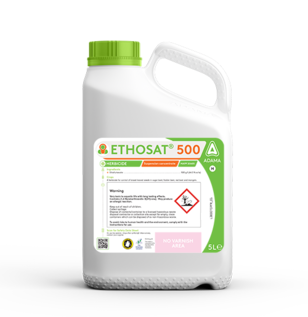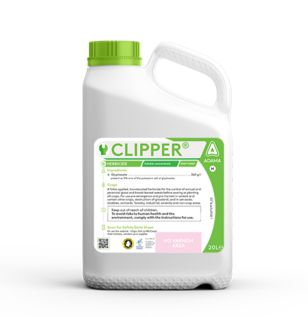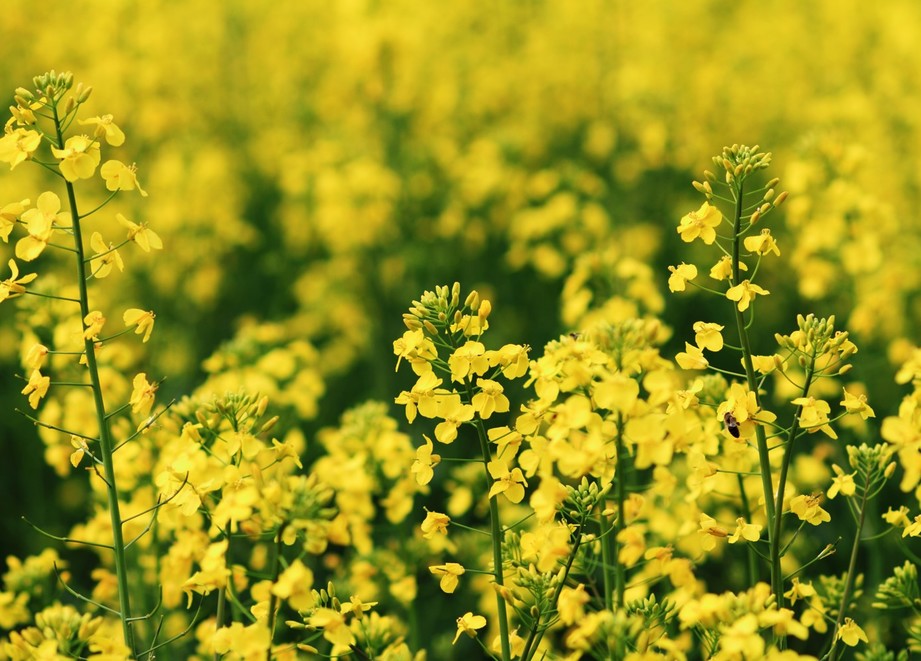
Oilseed rape establishment
UK oilseed rape under scrutiny
Why is OSR establishment such a challenge?
With the loss of neonicotinoid seed treatments and changes to general licensing for bird control, reducing slug and pigeon damage has been increasingly more challenging to achieve and crop losses have risen as a result.
With an increase in crop lost, the ability to establish a vigorous and viable crop, and to protect the young crop from competing weeds is more critical than ever. Thankfully, ADAMA’s portfolio of pre- and post- emergence herbicides means there is one less issue for growers to worry about this autumn.

The biggest barrier to successful weed management
There is an increasing problem of herbicide resistance, with several grass weeds and broad-leaved weeds already displaying resilience to a number of key herbicide active ingredients.

How to maximise herbicide efficacy
With the successful establishment of oilseed rape crops proving increasingly difficult to achieve it can be tempting to withhold pre-emergence herbicide applications until the crop has established.
Fortunately, while a combined programme of pre- and post-emergence herbicide treatments will give the best levels of weed control, the pre-emergence element isn’t strictly fundamental to the crop’s viability: a well-timed post-emergence treatment (using a suitable herbicide applied at the optimum growth stage) will enable growers to wait until the crop has fully emerged before committing to the expenditure of a herbicide treatment.
However, before deciding whether or not it is appropriate to omit the use of pre-emergence herbicide treatment, it is important to understand both the advantages and disadvantages of pre- and post-emergence strategies and to develop a spray programme accordingly.
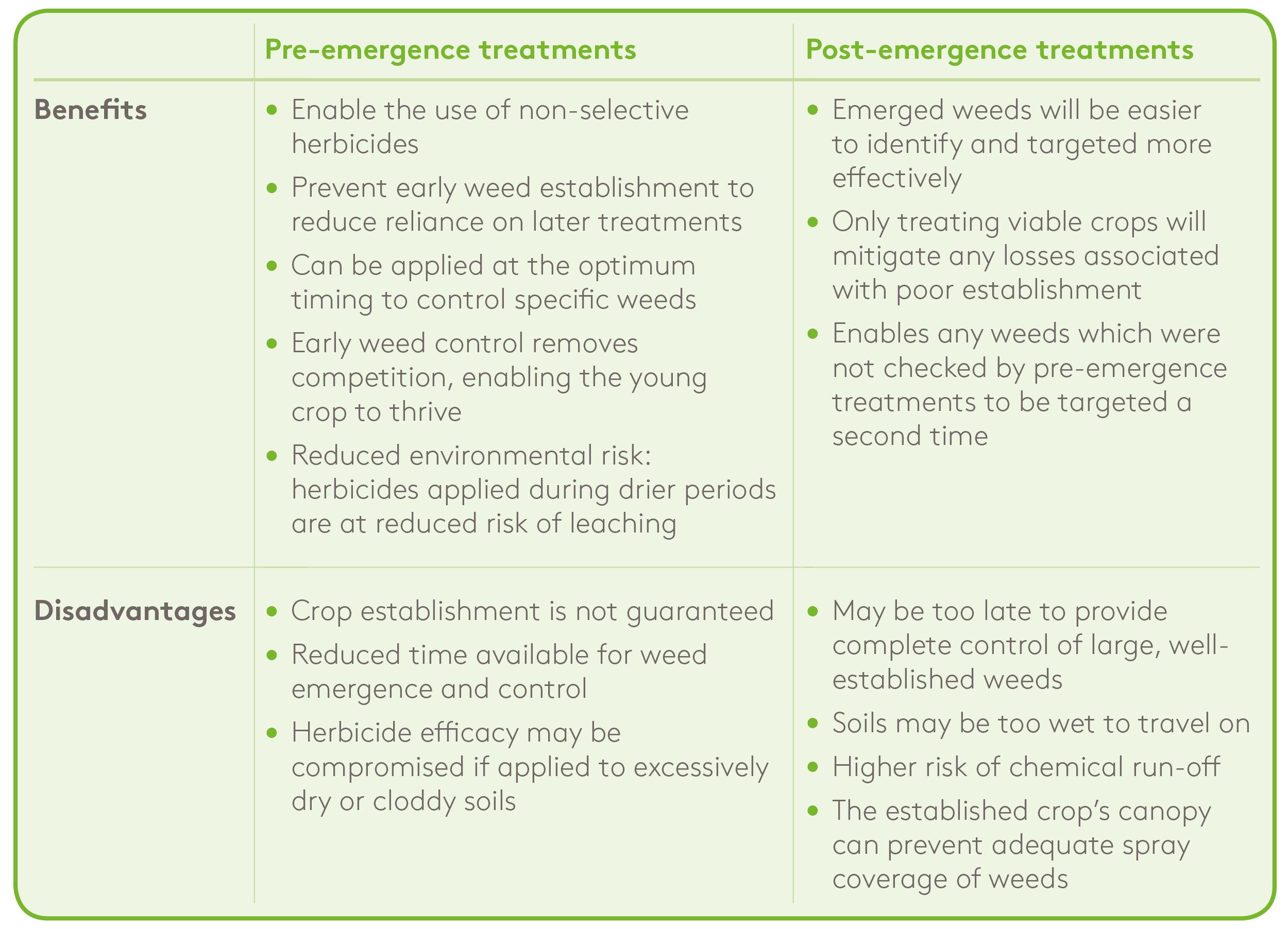
Metazachlor: the flexible option
Metazachlor is one of the key building blocks for weed control in OSR and is highly cost-effective. With a wide spectrum of activity against grassweeds and a range of broadleaved weeds, it can be used as either a pre- and/or early post-emergence option and is a useful starting point for controlling black-grass, typically delivering a 10% uplift in black-grass efficacy to a weed control programme when followed up with other grassweed active herbicides.
Using metazachlor at the pre-emergence stage provides the ‘insurance’ of getting an herbicide on early if conditions subsequently turn wet. Applying at pre-emergence also removes weeds early in the crop’s lifecycle thereby allowing the oilseed rape to establish without competition. In a trial to compare the effect of drill timing on herbicide performance, it was found that the inclusion of metazachlor in weed controlled programmes was most beneficial in early drilled crops (e.g. those drilled in early August) compared to those drilled later in the autumn (e.g. into September).
However, growers must be aware of the Metazachlor Matters stewardship scheme and should abide by its recommendations for the safe usage of metazachlor to protect surface water and preserve the ongoing availability of metazachlor (and quinmerac) based herbicides.

Protecting water quality with early post-emergence treatments
Where oilseed rape has been sown early, there may be a tendency towards favouring post-emergence weed control: simply because there may not be time during the busy harvest, cultivation and drilling season for a pre-emergence treatment to be applied. Unfortunately, this strategy poses an increased risk for water quality as post-emergence treatments are often applied when drains are running in October and November.
To reduce this risk, growers should consider an earlier application of an effective herbicide such as Crawler (600 g/kg carbetamide) which can be applied from pre-emergence of the crop all the way through to stem elongation or the end of February. Using Crawler at pre-emergence is an effective way of kick-starting black-grass control as it targets the roots of young, shallow-rooted weeds and weakens their resolve to subsequent chemistries.
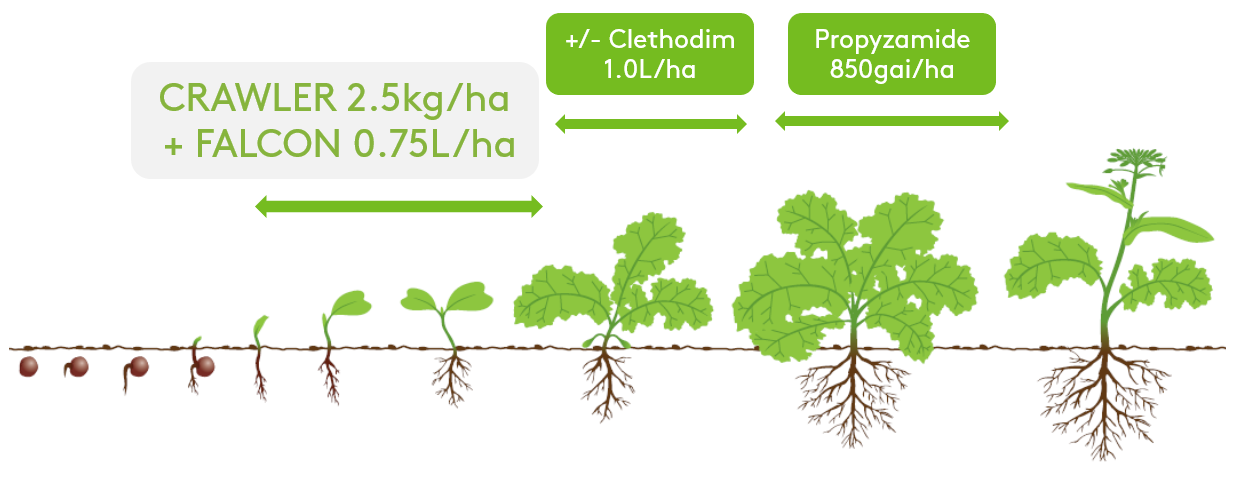
Remember to subscribe to our hub
- Hear expert advice from the ADAMA team and wider agricultural community

